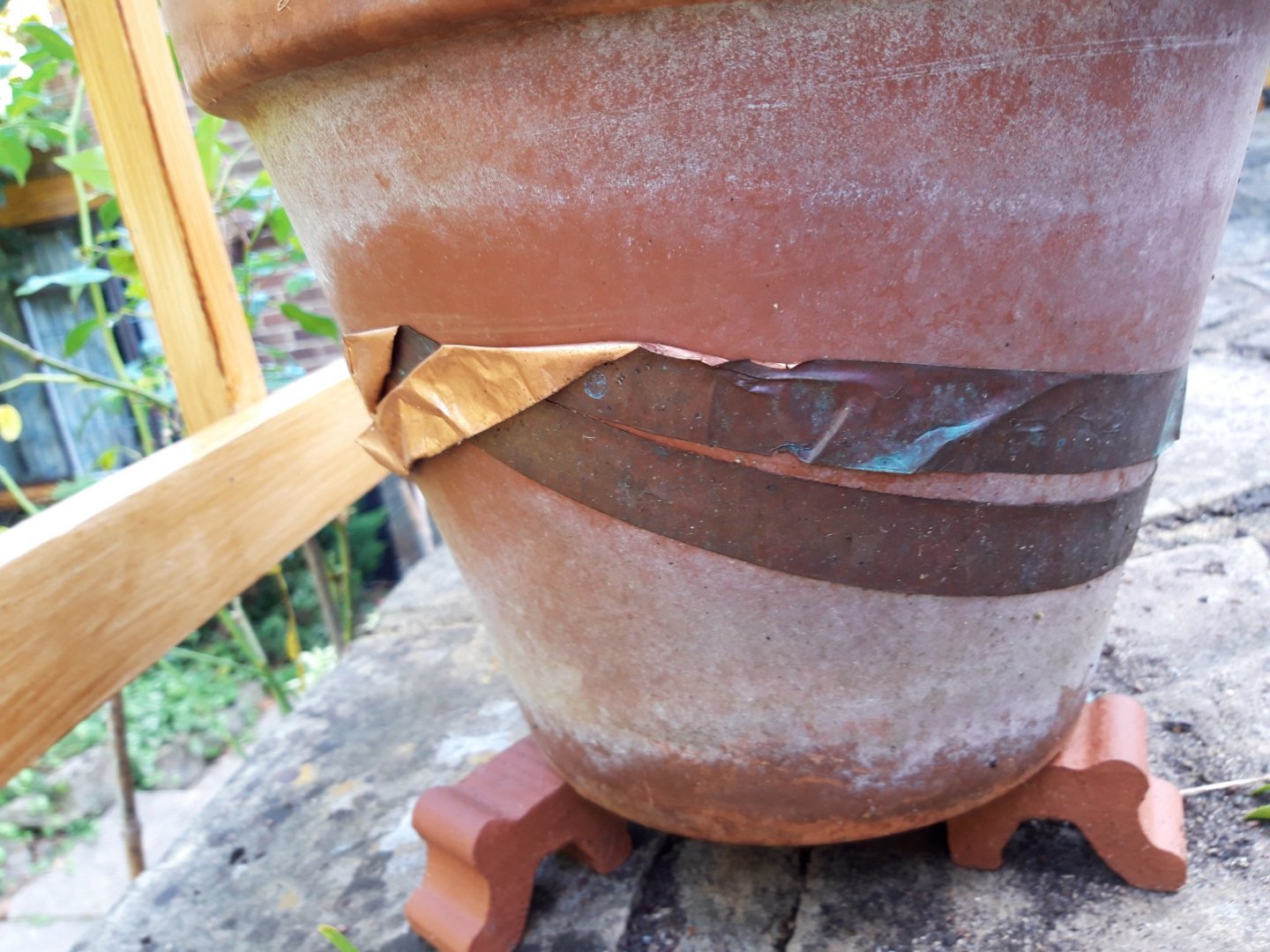-
Posts
3,044 -
Joined
-
Last visited
Content Type
Profiles
Forums
Gallery
Events
Everything posted by bruce d
-
I second what maturin said. Well done.
- 23 replies
-
- 18th Century Armed Longboat
- Model Shipways
-
(and 2 more)
Tagged with:
-
Richard, that tool is now on my favorites bar, many thanks. Quick comment for others that may stumble as I did: if entering 'English Feet/Inches', the way to success is enter feet and then inches, even if it is 'zero inches'. I am sure a tech-savvy child would have seen that coming but it fooled me on the first attempts. Nice one. Bruce
-
Oh yes, several specialist items available but this PH Minus product is cheaper, available off the shelf (in some places) and works. I found it was sold in sizes from 100g upwards as well so that is useful. I have used a model railroaders blackening product from CARRS MODELLING PRODUCTS in the past will get some of this PH Minus before long for comparison, will let everyone know what happens. Has anyone here already used it and can comment?
-
Thanks Greg, very impressive. The Sparex seems to be an important part of the success and I can't find a UK source (yet) for that product. However, it turns out Sparex is sodium metabisulphate: the stuff sold under the brand-name 'PH Minus' which is added to the swill in a hot-tub is the same material and is used by jewellers as a pickle. It is available from several suppliers. HTH Bruce
-

Original Rigging for Cutters of 1763: with a Jib boom?
bruce d replied to Gregor's topic in Masting, rigging and sails
Yes please Dirk, I am interested in some other non-digitised items and will be happy to see how you get on before contacting them. -

Original Rigging for Cutters of 1763: with a Jib boom?
bruce d replied to Gregor's topic in Masting, rigging and sails
It is D2394, sadly not digitised. See these index entries, it appears all are under the same (D2394) reference: Hope this helps. Bruce -

Original Rigging for Cutters of 1763: with a Jib boom?
bruce d replied to Gregor's topic in Masting, rigging and sails
Dubz, maybe you already know this, but in the Dansk archive there is an English cutter named 'SHERBORN'. This would not come up in a search for 'SHERBOURNE'. Also, I am looking for a description for drawing F207 you posted above, will let you know if I find anything. -
Having worked with both thick and thin copper I would be very surprised to find any professional driving a nail through a plate of that material. You drill a hole first, to a clearance that allows the fastener to just enter without binding: the head of the nail/rivet/screw does the work of holding things in place. I doubt if the dockyards of 19th century thought differently but would be interested if anyone knows better? EDIT: Bob posted his comprehensive comment above while I was writing mine.
-

HMS Pickle by mtbediz - FINISHED - 1:40
bruce d replied to mtbediz's topic in - Build logs for subjects built 1751 - 1800
Great start mtbediz. The bulkheads and filler look solid as a rock. Can you tell us if you are using existing plans or your own drawing? And the scale? Bruce -
Got a good example to illustrate the point. I use copper self-adhesive tape around flower-pots to protect plants from slugs (it works very well: the slugs don't like crossing copper). Three years ago I did a pathetic job of putting on one of the bands of tape but left it anyway. See photo below. The bare copper side has patina, the glued side is still bright. I did nothing to the tape after installation and why the exposed sticky side didn't get covered in muck is a riddle, but the picture shows how even the glue coating protects and preserves the bright finish despite spending years on a patio. As far as I know, none of the contributors plan on subjecting their models to the same environment as my tomato plants but you get the point.
-
Chris, take comfort in the fact that you are still in the Beautiful South. Perhaps a bit more time this year to watch the autumn colours?
- 117 replies
-
Welcome to MSW. It is a fine place to share and gather information, full of helpful people. Looks like a good start on your build, will you start a build log? Bruce
-

Replacement motor for Preac saw
bruce d replied to Kevin Kenny's topic in Modeling tools and Workshop Equipment
Ignore my question, Kurt has the better solution for you. -

Replacement motor for Preac saw
bruce d replied to Kevin Kenny's topic in Modeling tools and Workshop Equipment
Hi Kevin, is it an external motor? -
Hello Frank, There are several reasons for confusion concerning the details of PICKLE, the biggest being that there were two ships in the same waters with the name at the same time. But you have certainly already found this, so here is my path through the maze: Ignore Wikipedia. The current entry cites refs of the Naval Chronicle which are the source of the confusion between the two ships, not the solution. Rely on the painting ‘The Victory of Trafalgar’ by Robert Dodd. There is little doubt that it was created under the direct guidance of Commander John Lapenotiere in the days after his arrival in London in November 1805. It shows a ship pierced for fourteen guns (also a distinctive application of the Nelson Stripe). The Naval Chronicle Vol 10, page 257 describes Pickle leaving Plymouth as ‘… the Pickle, of 14 guns, Lieutenant Lafontaine [sic]’. Ignore the PICKLE replica ship. A close up from the Dodd painting: Also, as an observation, she is described in various sources as ‘… of eight guns...’ or just ‘… six guns’. This may reflect the number of guns carried at a particular date but is different from what you and I are looking for: how many guns she was pierced for. I am treating my Pickle as a fourteen gun, gaff-rigged Bermuda schooner. She will be mounting four 12lb carronades; two boats, a cutter and a jolly; a coppered hull and two stripes. For what it is worth, the book ‘HMS PICKLE, The Swiftest Ship in Nelson’s Trafalgar Fleet’ by Peter Hore is my main source. It is based on Hore’s own research (which he is quick to correct when shown contrary facts) and that of the late Derek Allen. The muddle in the Admiralty records in London arising from two Pickles operating simultaneously is patiently unravelled. I have read a lot of the Pickle logs and related files at The National Archives in London and have found nothing that contradicts the account given in the book. Let me know if you want to pick over any details and compare notes. HTH Bruce
-
Thanks to all for the comments. The PDF attached is good reading for anyone interested in carronades. After reading it I am satisfied I was wrong to think that PICKLE may have had four-trucked, stepped cannon-type carriages. It was good to dig, and guess what? I found out what everybody else already knew! The sliding carriage was standard and some had trucks, some didn't. Bruce object-9-carronade.pdf
-
Welcome to MSW. Hope to see more of your work. Bruce
-

Original Rigging for Cutters of 1763: with a Jib boom?
bruce d replied to Gregor's topic in Masting, rigging and sails
Hello Dubz, I missed all of the early part of your Sherbourne build so excuse me. Have the other Slade designs FERRET and LURCHER been any help to you? There is a good plan of LURCHER in the Dansk archives: Also, another drawing of LURCHER, ref: D3525, is in the Dansk archives but it is not digitised. I believe it is another view of hull/deck details, not sailplan, but have not seen it. I hope this helps, perhaps just more pieces of the puzzle. -
Chris, thanks for the information. This is the very plan I had in mind when I first thought about scaling up the dimensions to make a 12 pounder. I would not expect a small ship in Nelson's fleet to have been a priority when the new guns were being handed out so I am working on the assumption that Pickle had armament that was at best 1803 manufacture (the last entry I can find in her log for re-gunning) and probably earlier. I am not saying they had hand-me-downs but I feel guns/carriages from 1800-ish feel right to me. The drawing you have posted may well be right for the Trafalgar era and if I unearth anything that dates it earlier I will share it. Regards, Bruce
About us
Modelshipworld - Advancing Ship Modeling through Research
SSL Secured
Your security is important for us so this Website is SSL-Secured
NRG Mailing Address
Nautical Research Guild
237 South Lincoln Street
Westmont IL, 60559-1917
Model Ship World ® and the MSW logo are Registered Trademarks, and belong to the Nautical Research Guild (United States Patent and Trademark Office: No. 6,929,264 & No. 6,929,274, registered Dec. 20, 2022)
Helpful Links
About the NRG
If you enjoy building ship models that are historically accurate as well as beautiful, then The Nautical Research Guild (NRG) is just right for you.
The Guild is a non-profit educational organization whose mission is to “Advance Ship Modeling Through Research”. We provide support to our members in their efforts to raise the quality of their model ships.
The Nautical Research Guild has published our world-renowned quarterly magazine, The Nautical Research Journal, since 1955. The pages of the Journal are full of articles by accomplished ship modelers who show you how they create those exquisite details on their models, and by maritime historians who show you the correct details to build. The Journal is available in both print and digital editions. Go to the NRG web site (www.thenrg.org) to download a complimentary digital copy of the Journal. The NRG also publishes plan sets, books and compilations of back issues of the Journal and the former Ships in Scale and Model Ship Builder magazines.



